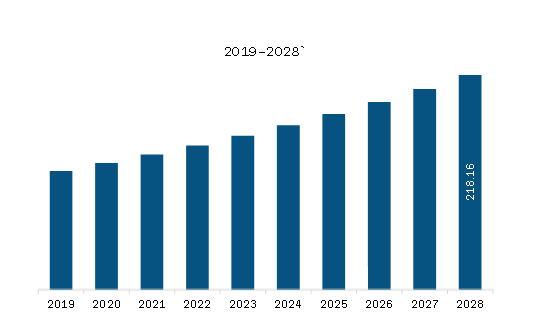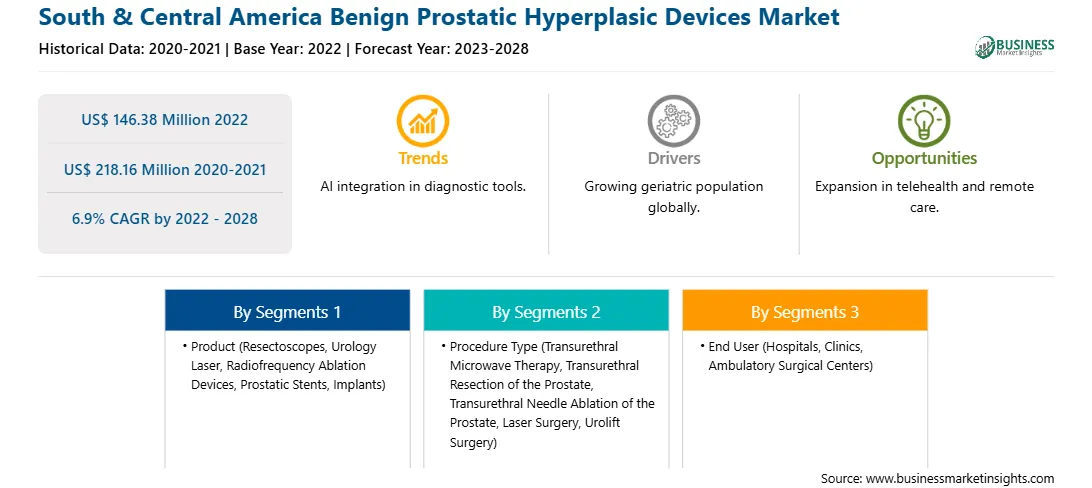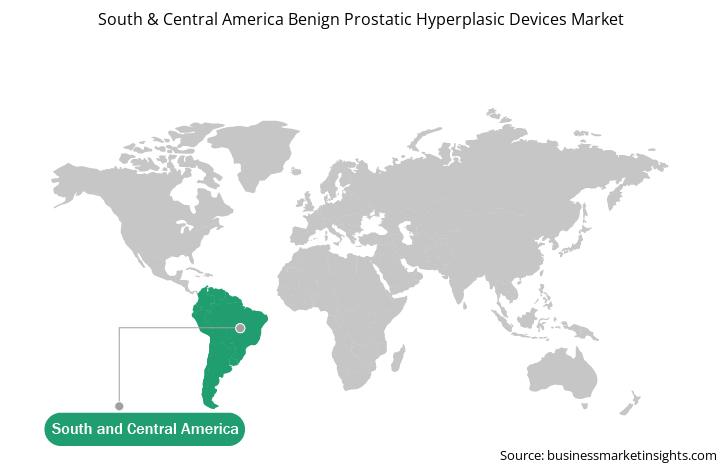Benign prostatic hyperplasia (BPH) is a prostate enlargement caused by excessive cell growth in the prostate. BPH is a non-cancerous prostate condition that is not usually fatal. Being benign, the condition does not involve metastasis to other body parts. BPH is not associated with the risk of prostate cancer; moreover, unless it manifests symptoms, BPH isn't considered a health issue. Almost all men are likely to have some prostate growth by the time they turn 70. Aging, abdominal obesity, and lack of physical exercise raise the risk of developing BPH. According to the National Center for Biotechnology Information (NCBI), BPH is one of the most common disorders in older men and the leading cause of lower urinary tract symptoms (LUTS). After the age of 40, the prevalence of BPH rises, reaching a peak of 60% by the age of 90. According to autopsy studies, the histological prevalence of BPH is 8%, 50%, and 80% in the fourth, sixth, and ninth decades of the life of a man, respectively. According to statistics from the Krimpen and Baltimore Longitudinal Study of Aging, the prostate grows at a rate of 2.0% to 2.5% per year in older men. Continued prostate enlargement is a risk factor for developing LUTS, and larger prostates are associated with a benign prostatic enlargement (BPE), which triggers the risk of developing clinical BPH and urine incontinence. According to NCBI data, increased adiposity is found to have a positive correlation with prostate volume. In numerous study groups, body weight, body mass index (BMI), and waist circumference have been seen to have a positive correlation with prostate volume. Additionally, epidemiological data shows obesity may raise the necessity of BPH surgery and initiating BPH treatment. The treatment option for BPH includes surgeries such as transurethral resection of the prostate (TURP), open prostatectomy, and minimally invasive treatments such as transurethral needle ablation (TUNA). In minimally invasive treatments such as radiofrequency ablation, laser therapy, and implants, benign prostatic hyperplasic devices are used. Thus, the increase in the prevalence of benign prostatic hyperplasia and increasing risk factors can bolster the demand for benign prostatic hyperplasic devices.

Strategic insights for the South & Central America Benign Prostatic Hyperplasic Devices provides data-driven analysis of the industry landscape, including current trends, key players, and regional nuances. These insights offer actionable recommendations, enabling readers to differentiate themselves from competitors by identifying untapped segments or developing unique value propositions. Leveraging data analytics, these insights help industry players anticipate the market shifts, whether investors, manufacturers, or other stakeholders. A future-oriented perspective is essential, helping stakeholders anticipate market shifts and position themselves for long-term success in this dynamic region. Ultimately, effective strategic insights empower readers to make informed decisions that drive profitability and achieve their business objectives within the market.

| Report Attribute | Details |
|---|---|
| Market size in 2022 | US$ 146.38 Million |
| Market Size by 2028 | US$ 218.16 Million |
| Global CAGR (2022 - 2028) | 6.9% |
| Historical Data | 2020-2021 |
| Forecast period | 2023-2028 |
| Segments Covered |
By Product
|
| Regions and Countries Covered | South and Central America
|
| Market leaders and key company profiles |
The geographic scope of the South & Central America Benign Prostatic Hyperplasic Devices refers to the specific areas in which a business operates and competes. Understanding local distinctions, such as diverse consumer preferences (e.g., demand for specific plug types or battery backup durations), varying economic conditions, and regulatory environments, is crucial for tailoring strategies to specific markets. Businesses can expand their reach by identifying underserved areas or adapting their offerings to meet local demands. A clear market focus allows for more effective resource allocation, targeted marketing campaigns, and better positioning against local competitors, ultimately driving growth in those targeted areas.

South & Central America Benign Prostatic Hyperplasic Devices Market Segmentation
The South & Central America benign prostatic hyperplasic devices market is segmented on the basis of product, procedure type, end user, and country. Based on product, the market is segmented into resectoscopes, urology lasers, radiofrequency ablation devices, prostatic stents, and implants. The resectoscopes segment is expected to hold the largest share of the market in 2022. On the other hand, the urology lasers segment is expected to register the highest CAGR during the forecast period. Based on procedure type, the South & Central America benign prostatic hyperplasic devices market is segmented into transurethral microwave therapy, transurethral resection of the prostate, transurethral needle ablation of the prostate, laser surgery, urolift surgery, and others. The transurethral resection of the prostate segment held the largest market share in 2022, and it is also expected to register the highest CAGR in the market during the forecast period. Based on end user, the South & Central America benign prostatic hyperplasic devices market is segmented into hospitals, clinics, ambulatory surgical centers, and others. The hospital segment held the largest market share in 2022, while the clinics segment is expected to register the highest CAGR during the forecast period. Based on country, the South & Central America benign prostatic hyperplasic devices market is segmented into Brazil, Argentina, and Rest of SAM. In 2022, Brazil held a larger market share. On the other side, and the same segment is expected to register a higher CAGR during the forecast period.
KARL STORZ SE & Co. KG; Olympus Corporation; Boston Scientific Corporation; Teleflex Incorporated; and Richard Wolf GmbH are among the leading companies in the South & Central America benign prostatic hyperplasic devices market.
The South & Central America Benign Prostatic Hyperplasic Devices Market is valued at US$ 146.38 Million in 2022, it is projected to reach US$ 218.16 Million by 2028.
As per our report South & Central America Benign Prostatic Hyperplasic Devices Market, the market size is valued at US$ 146.38 Million in 2022, projecting it to reach US$ 218.16 Million by 2028. This translates to a CAGR of approximately 6.9% during the forecast period.
The South & Central America Benign Prostatic Hyperplasic Devices Market report typically cover these key segments-
The historic period, base year, and forecast period can vary slightly depending on the specific market research report. However, for the South & Central America Benign Prostatic Hyperplasic Devices Market report:
The South & Central America Benign Prostatic Hyperplasic Devices Market is populated by several key players, each contributing to its growth and innovation. Some of the major players include:
The South & Central America Benign Prostatic Hyperplasic Devices Market report is valuable for diverse stakeholders, including:
Essentially, anyone involved in or considering involvement in the South & Central America Benign Prostatic Hyperplasic Devices Market value chain can benefit from the information contained in a comprehensive market report.